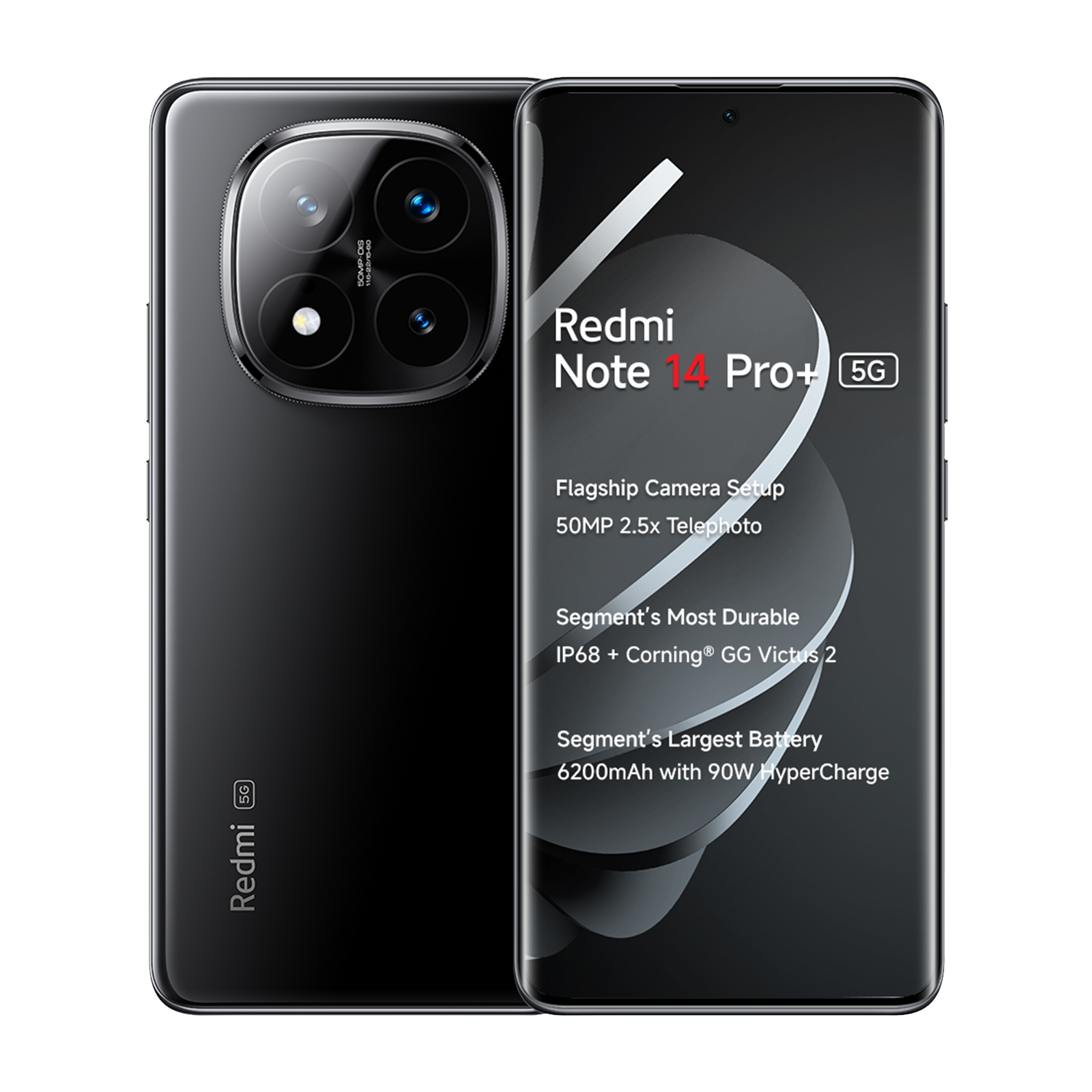The smartphone world is constantly going through a wave of innovation. For the last couple of years, the key area of smartphone innovation has been centred around Artificial Intelligence, and by extension, AI-powered features. But that isn’t the only area where phones are moving forward.
Put some recent phones (and their marketing campaigns) under the microscope and you will observe a new trend – bigger batteries. Yes, we’ve had phones cross the 6,000mAh battery barrier before. However, it wasn’t until now, that phone batteries are getting bigger and smaller at the same time – bigger in capacity, smaller in size!
A seemingly magical tech is allowing phone-makers throw in huge batteries in phones slimmer than a pencil. This tech is also what’s behind phones like the upcoming Galaxy S25 Edge and the much-rumoured iPhone 17 Air, and it’s called Silicon Carbon batteries. Here’s everything you need to know about them.
What are Silicon Carbon batteries?
Silicon Carbon batteries are a new kind of battery cell, which come with Silicon anodes instead of the graphite anodes that power the more traditional Lithium-Ion batteries. These batteries have a higher energy density, which basically means they can hold more power than standard batteries in the same space.
ALSO READ: 5 ways to find out if you need a new phone battery
The energy density of conventional Lithium-Ion batteries ranges from 250-300 Wh/kg, while that of Silicon Carbon batteries can range from 400-500 Wh/kg. This means that a same-sized Lithium Ion and Silicon Carbon battery will hold drastically different amounts of power.
Now, that’s some great news for any industry that works on rechargeable batteries. This includes smartphones and other consumer tech, but also automobiles, thanks to the growing EV (Electric Vehicles) segment. Phone makers particularly, can leverage Silicon Carbon batteries to take one of two approaches for new devices.
First, they can choose to shrink the size of the battery, and by extension, the phone. A phone with a 5,000mAh Silicon Carbon battery will be significantly slimmer than one with a 5,000mAh Lithium-Ion battery. This is precisely the tech that’s likely to power the upcoming Samsung Galaxy S25 Edge, and the rumoured iPhone 17 Air. Expect more slim phones to come out in the future, as the tech picks up more pace.
ALSO READ: Galaxy S25 Edge is Samsung’s slim phone we’ve been waiting for
Second, phone-makers can also use the tech to put in larger battery capacities in the same size. This means between two smartphones that are of the same thickness, the one with a Silicon Carbon battery could hold more capacity, say 6,000mAh, over the standard 5,000mAh cell. A good example of this is the Redmi Note 14 Pro+ we reviewed recently, which features a massive 6,200mAh battery and is yet slimmer than 9mm.

Silicon Carbon batteries are also more eco-friendly
It’s also not just about the power density. Silicon Carbon batteries are also easier to mass-produce thanks to the relative abundance of Silicon compared to rare elements like Lithium. This means lower costs for brands to produce these batteries at scale (after a likely higher initial cost), as well as a lower carbon footprint – something many brands like Apple and Samsung strongly incline towards.
That was all you need to know about Silicon Carbon batteries, and why they’re better than Lithium-Ion ones. If more battery life is something you want in your next phone, now you know what specification to watch out for.
Unleash your inner geek with Croma Unboxed
Subscribe now to stay ahead with the latest articles and updates
You are almost there
Enter your details to subscribe

Happiness unboxed!
Thank you for subscribing to our blog.
Disclaimer: This post as well as the layout and design on this website are protected under Indian intellectual property laws, including the Copyright Act, 1957 and the Trade Marks Act, 1999 and is the property of Infiniti Retail Limited (Croma). Using, copying (in full or in part), adapting or altering this post or any other material from Croma’s website is expressly prohibited without prior written permission from Croma. For permission to use the content on the Croma’s website, please connect on contactunboxed@croma.com
- Related articles
- Popular articles
















Chetan Nayak
Comments